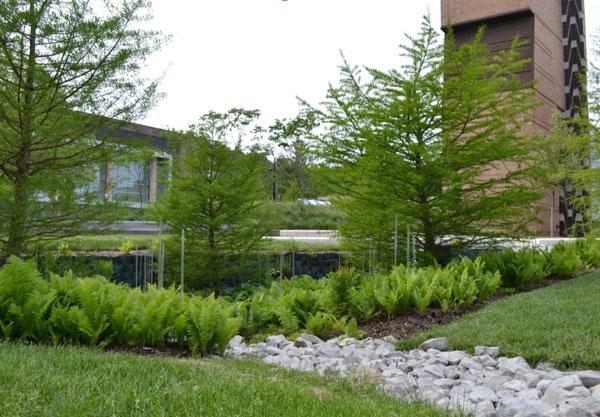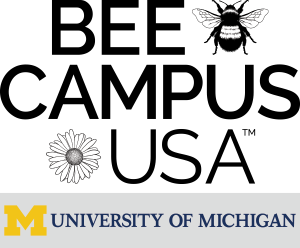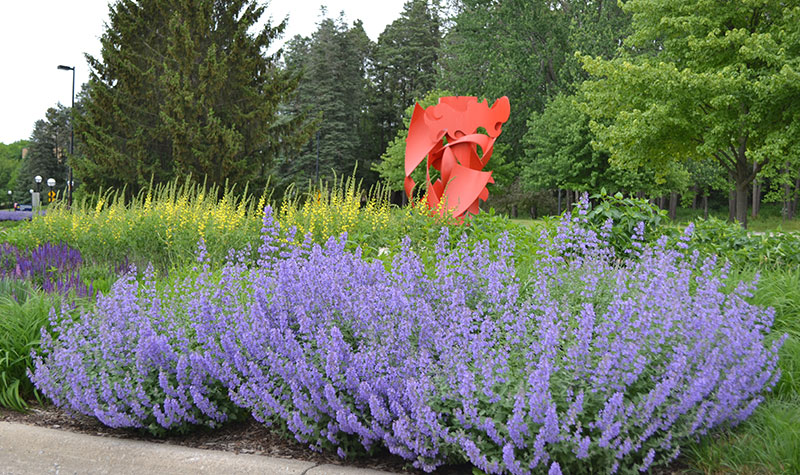
Methods
To promote environmentally-friendly land management and protect Huron River water quality, departments across U-M use methods outlined in the sustainable land management guidelines (see summary at right).
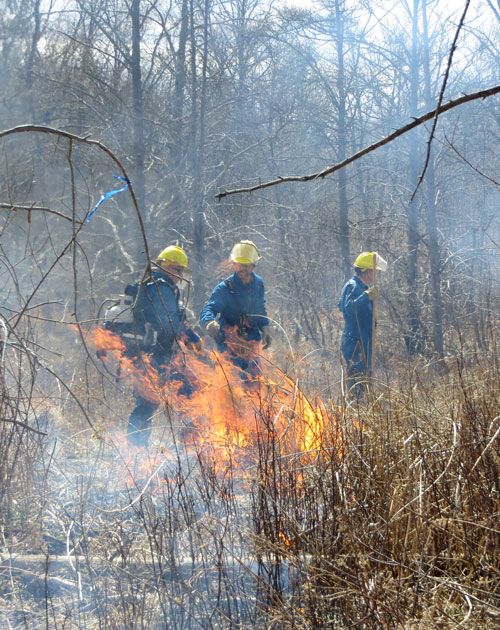
Minimize fertilizer and pesticide use
We focus on encouraging healthy soil to reduce the amount of fertilizer and land management chemicals needed for lawn maintenance. We also reduce the number and rates of applications, reduce drift, strive for accurate placement, and regularly consider alternative control methods.
Prioritize environmentally-friendly options
Chemicals can be a valuable and necessary tool to control undesirable plants, diseases, or insects. U-M prioritizes less toxic, low-risk versions to minimize risk.
80% of the fertilizer used on campus is organic! Additionally, fertilizer containing phosphorous is not applied unless the soil is found to be deficient. This aligns with the local phosphorus ordinance and protects the health of the Huron River watershed.
Select sustainable materials
Sustainable materials (herbicides, pesticides, fungicides, algeacides and fertilizers) must meet one of the following criteria:
- Natural, organic, or chemical-free (zero synthetic amendments)
- Certified through an accredited certifying agent
- Deemed sustainable by the Office of Campus Sustainability based on research and U-M field experts
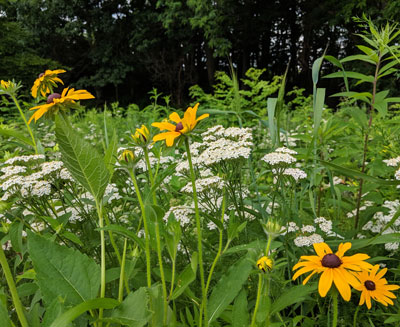
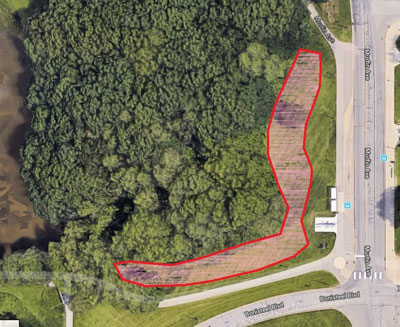
Expanding low-maintenance and natural areas
Lower-maintenance landscape areas save energy, reduce fuel use and emissions, and store carbon, among other benefits.
We regularly evaluate U-M property for the potential to reduce high-maintenance landscape and lawn areas. Reclassifying appropriate zones to more naturalized landscapes reduces the need for mowing and land management chemicals and fertilizers.
Additionally, woodlots and other natural areas on campus are being expanded. These require less fuel and pesticides to maintain than traditional urban landscapes. Downshifting these zones in concert with implementing stormwater best management practices goes a long way toward improving Huron River water quality.
The forest for the trees
In most cases, land management chemicals are used for aesthetic purposes: they can produce the uniform green lawns many people like. Reducing chemical use requires a shift in the expectations of the campus community.
As the university evolves its practices toward sustainability, there must be a parallel effort to raise awareness of the ecological, health, and economic benefits of reducing chemical applications and expanding natural areas.
Sustainable Land Management Guidelines
U-M defines sustainable land management practices as:
- Adapting to the local climate and environment
- Preserving resources, reducing waste, and preventing air, water, and soil pollution
- Avoiding or minimizing the use of chemicals by:
- Focusing on prevention: improving soil and ecosystem health to resist disease and insects
- Prioritizing less harmful land management chemicals and using the minimum amount necessary
- Implementing Integrated Pest Management: considering lifecycles and environmental interactions to manage pests while minimizing risks to people and the environment
- Establishing naturalized and buffer areas
- Selecting plants adapted for the climate and site
- Encouraging native plants that attract beneficial insects and other wildlife species
- Irrigating efficiently
- Ongoing evaluation of products and practices to find the most sustainable options for specific sites on campus
